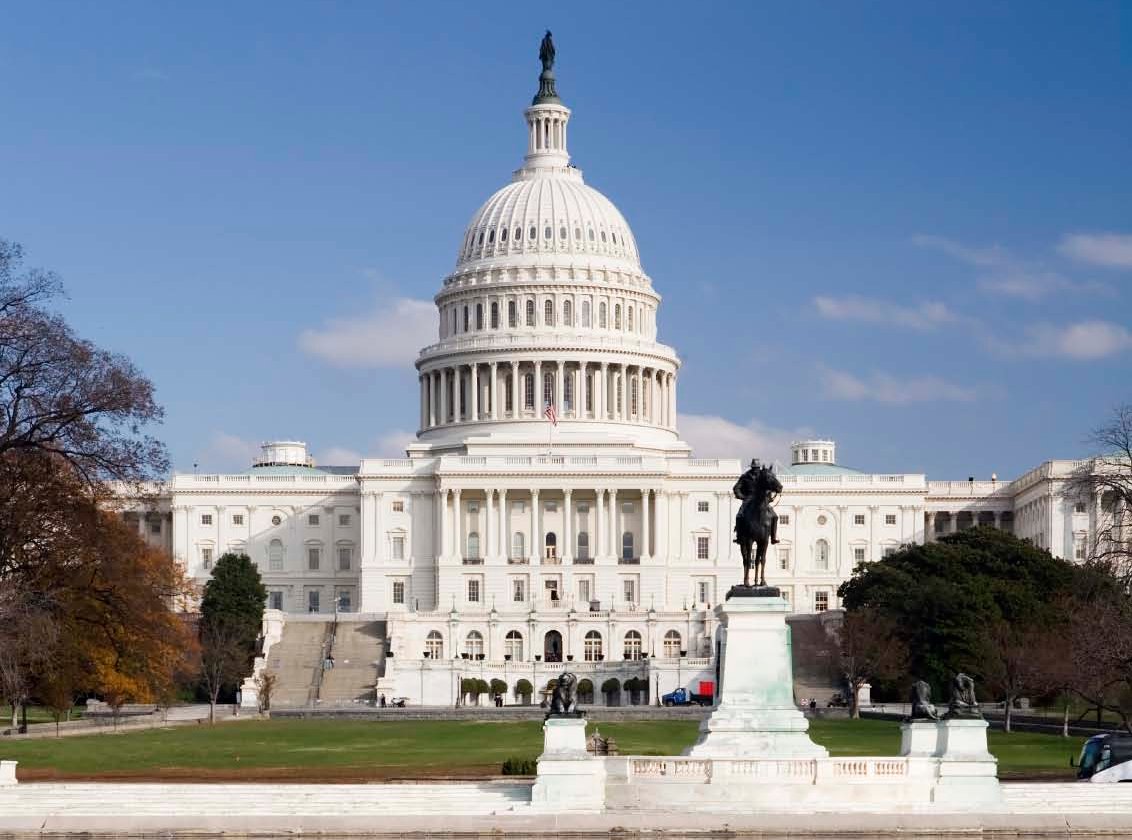October 2011, Vol. 238 No. 10
Government
Markey, Holt Push Legislation to Reduce Wasteful Natural Gas Flaring

Two House Democrats introduced legislation Oct. 14 targeted at the practice of excessively burning natural gas emanating from wells drilled for crude oil. A release on the topic of the legislation characterized the practice as “becoming increasingly prevalent in places like North Dakota, as recently reported in the New York Times, but could become more widespread without intervention.”
Reps. Ed Markey (D-Mass.) and Rush Holt (D-N.J.) introduced the FLARE Act (Fuel Loss Abatement and Royalty Enhancement Act) to cut back on flaring of natural gas.
“When American families are having a tough time paying their energy bills, this wanton wasting of American energy resources is unacceptable,” said Rep. Markey, the top Democrat on the Natural Resources Committee. “This is the kind of nonsensical practice that betrays the notion that the oil and gas industry is doing all it can to help solve our energy challenges.”
“The industry’s current practice squanders gas that should be used to heat American’s homes or power its businesses,” said Rep. Holt. “If the industry wants to waste natural gas extracted from lands leased from U.S. taxpayers, they should repay the American people for the loss of their natural resources.”
The FLARE Act would require the Secretary of the Interior to prevent or minimize the flaring of natural gas on public land both onshore and offshore to conserve this resource that oil companies are currently treating as waste. The bill would also require oil companies to pay royalties on natural gas that is vented or flared. Finally, the FLARE Act would require the Secretary to report to Congress on how much natural gas is being vented or flared.
The Times article reported that more than 100 million cubic feet of natural gas is flared each, representing enough energy to heat half a million homes for the same period. It also cited two million tons of carbon dioxide emissions released into the atmosphere by flaring per year, equaling as much pollution as 384,000 cars.





Comments